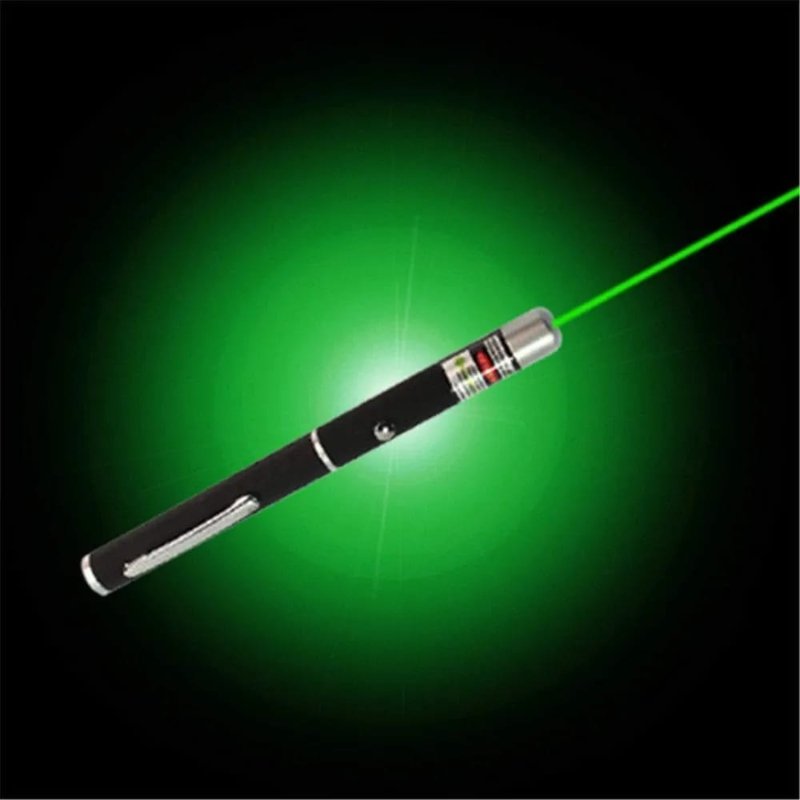A laser machine for metal cutting is a high-precision tool that uses a focused laser beam to cut through different types of metals, such as stainless steel, carbon steel, aluminum, copper, and brass. The laser generates intense heat that melts, burns, or vaporizes the material along a programmed path, producing clean and accurate cuts. Compared to traditional cutting methods like mechanical saws, plasma cutters, or waterjets, laser metal cutting machines provide faster processing, higher accuracy, and smoother finishes, making them indispensable in today’s manufacturing industries.
The working principle of laser metal cutting is based on directing a powerful, concentrated laser beam through optical systems onto the surface of the metal. The laser energy is absorbed by the material, heating it rapidly until it reaches its melting or vaporization point. High-pressure gas, such as oxygen, nitrogen, or air, is often used alongside the laser to blow away molten material, ensuring a clean edge. This combination of heat and gas produces precise cuts with minimal burrs or roughness.
There are different types of laser machines for metal cutting, and the most common are:
-
Fiber Laser Cutting Machines: These are the most popular due to their efficiency, energy savings, and ability to cut a wide range of metals. Fiber lasers provide excellent cutting speed and are especially good for thin to medium-thickness metals.
-
CO₂ Laser Cutting Machines: Once widely used, CO₂ lasers are now less common for metals, as they are slower and less energy-efficient compared to fiber lasers. However, they are still suitable for certain applications involving non-metals combined with metals.
-
Nd:YAG Laser Cutting Machines: These are typically used for applications requiring both cutting and welding, offering versatility but at higher maintenance costs.
The benefits of laser metal cutting machines are significant. First, they offer extreme precision, achieving tolerances as small as a fraction of a millimeter, which is crucial in industries like aerospace, automotive, and electronics. Second, they provide speed and efficiency, cutting complex designs in seconds without the need for multiple tools. Third, they ensure flexibility, as one machine can cut various shapes, thicknesses, and types of metals by simply adjusting software settings. Additionally, laser cutting reduces material waste because of its narrow cutting width, making it more cost-effective in the long run.
The applications of laser metal cutting are widespread. In the automotive sector, it is used to produce engine parts, body panels, and exhaust systems with high accuracy. In aerospace, laser cutting ensures lightweight yet durable components for aircraft. In construction and architecture, it allows the creation of intricate metal structures, facades, and decorative designs. The electronics industry relies on laser cutting for producing tiny, precise components, while jewelry makers use it to cut delicate patterns in gold, silver, and platinum.
In conclusion, a laser machine for metal cutting has become an essential technology in modern manufacturing. Its ability to deliver precise, fast, and efficient cutting with minimal waste makes it superior to traditional methods. As technology advances, fiber laser machines continue to dominate the market, offering higher power, lower operating costs, and improved performance. For businesses aiming to stay competitive and meet modern production demands, investing in a laser metal cutting machine is no longer an option but a necessity.







